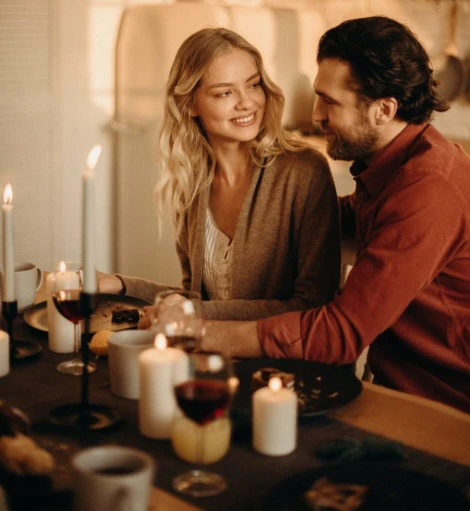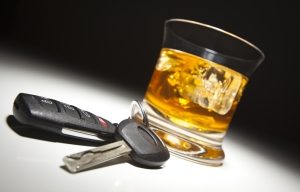
Valentine’s Day should be spent with the one you love, not in the ER with doctors and nurses. Remember to practice these key safety tips to have a happy and safe Valentine’s Day.
No Drinking & Driving
Just like on other holidays and special occasions, you and your loved one may want to have a drink to celebrate. However, it’s always important to exercise caution when alcohol is involved. It’s especially necessary if you plan on going out to drink.
Plan ahead and have a ride in place so there’s no way that you’ll be able to get behind the wheel. If you or your significant other plans on being the designated driver, hold each other accountable and don’t let them go beyond their limits. Let your bartender or server know and they can help with this as well. It is always safer to call a ride if you’ve had a bit more than your limit. You could be putting your sweetheart’s life and the lives of others in extreme danger if you drive under the influence.
Candle & Fireplace Safety
Candles or a cozy fire in the fireplace can definitely set the mood for a lovely evening with a significant other. However, whether you’re at home or in a public setting, when fire is involved it’s important to keep a watchful eye on the flames.
Never leave candles burning unattended and keep them in a safe area so that they can’t be easily knocked over. Also, make sure that your candles are at least 12 inches away from any flammable items.
If you’re planning on using the fireplace at home, make sure to start with a clean fireplace and use dry kindling. Remember, never add chemicals like kerosene to your indoor fire. Just like your candles, don’t leave your fireplace unattended.
Kitchen Safety
On a regular day, the kitchen can be a dangerous place, then add the stress and excitement of Valentine’s Day to it and it becomes critical to stay focused on what you’re doing.
If you’re working with knives, make sure they’re sharp. You’re more likely to cut yourself with a dull blade than a sharp one. Be sure to chop on a flat surface and use a cutting board to keep the food you’re cutting in place and steady. Most importantly, watch your fingers!
Remember to wear appropriate clothing in the kitchen as well. Long flowing or baggy clothing can catch fire more easily. Alternatively, a lack of clothing can also be dangerous. Skin exposed to hot oil and water can cause severe burns. It’s always good to wear an apron; it protects you from hot splashes.
As previously stated, when fire is involved, exercise caution. Keep a fire extinguisher handy and remember not to use water on a grease fire. Turn off the heat and smother it with a lid. You can also use salt or baking soda if the fire is small. Never leave your stove or oven unattended and don’t try to manage more than a few things at a time; that’s how major accidents happen.
Injuries That Happen On This Holiday Are Often Purely Accidental, But If You Are Injured On Valentine’s Day Due To The Negligence Of Someone Else, Please Don’t Hesitate To call Us. We Offer Free Consultations And Are Here To Get You The Help And Compensation You Deserve.
Categories: Drunk Driving, Personal Injury, Safety Tips




